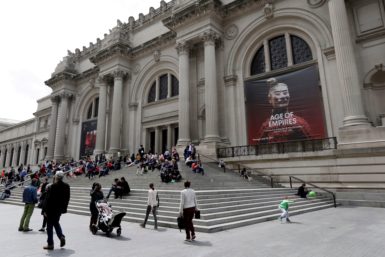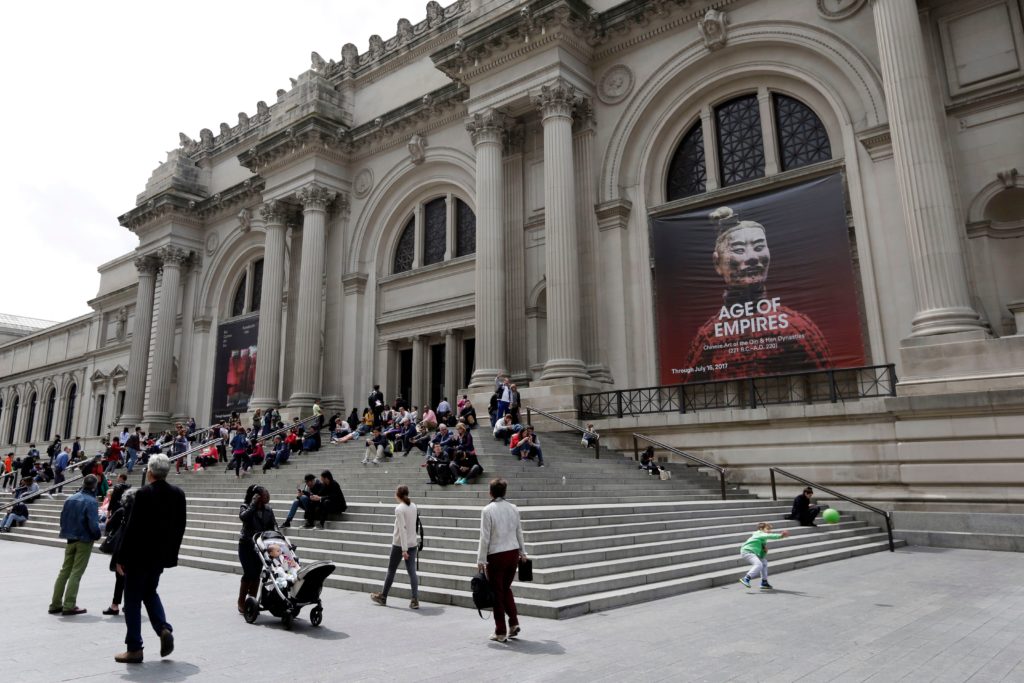[ad_1]

The Metropolitan Museum of Art.
AP/REX/SHUTTERSTOCK
To receive Morning Links in your inbox every weekday, sign up for our Breakfast with ARTnews newsletter.
Crime
With the Indian government, the Metropolitan Museum of Art in New York is reviewing Indian artifacts in its collection that may have been looted by the dealer Subhash Kapoor, who has been accused of running a smuggling ring. [The New York Times]
The parents of the six-year-old boy who was allegedly thrown from the 10th-floor viewing platform of Tate Modern in London say that he is in stable condition. They said in a statement, “Our son has already undergone two long and difficult operations … But he is alive, struggling with all his strength, and we remain hopeful.” [The Guardian]
In case you missed it, a suspect in the Tate Modern case was charged with attempted murder earlier this month. [ARTnews]
Museums
Betti-Sue Hertz, who has previously served as director of visual arts at the Yerba Buena Center for the Arts in San Francisco, has been named director and chief curator of Columbia University’s Wallach Art Gallery. [ARTnews]
The World Museum in Liverpool, England, used facial recognition surveillance on visitors to its “China’s First Emperor and the Terracotta Warriors” exhibition last year. The museum said that it surveilled guests “because of a heightened security risk,” The Art Newspaper reports. [The Art Newspaper]
Artists
Lynda Benglis, whose show at Pace Gallery in Palo Alto, California, opens August 21, answered T Magazine‘s artist questionnaire. How does the artist know when she’s done making a work? “How do you know when you land on a plane? It’s just obvious,” she said. [T: The New York Times Style Magazine]
Gerhard Richter will donate pieces for a dedicated room of his work at a new Berlin museum of 20th-century art designed by architects Herzog & de Meuron. [The Art Newspaper]
The Market
“Porsche’s Type 64 Nazi car fails to sell amid auction blunder.” [Bloomberg]
Curiosities
Idiosyncratic timepieces abound on Atlas Obscura’s list of “17 Landmark Clocks Worth Making Time For.” [Atlas Obscura]
Photography
And here’s a look at Anastasia Samoylova’s images of Miami on the precipice of climate change. “Her task is first to understand the seductive contradiction of a place drowning in its own mythical images as it also drowns in water,” David Company writes of the artist. [The New Yorker]
[ad_2]
Source link

